We don’t have enough knowledge to precisely calculate what is going to happen, and so we assign probabilities to it, which reflects our ignorance of the situation.
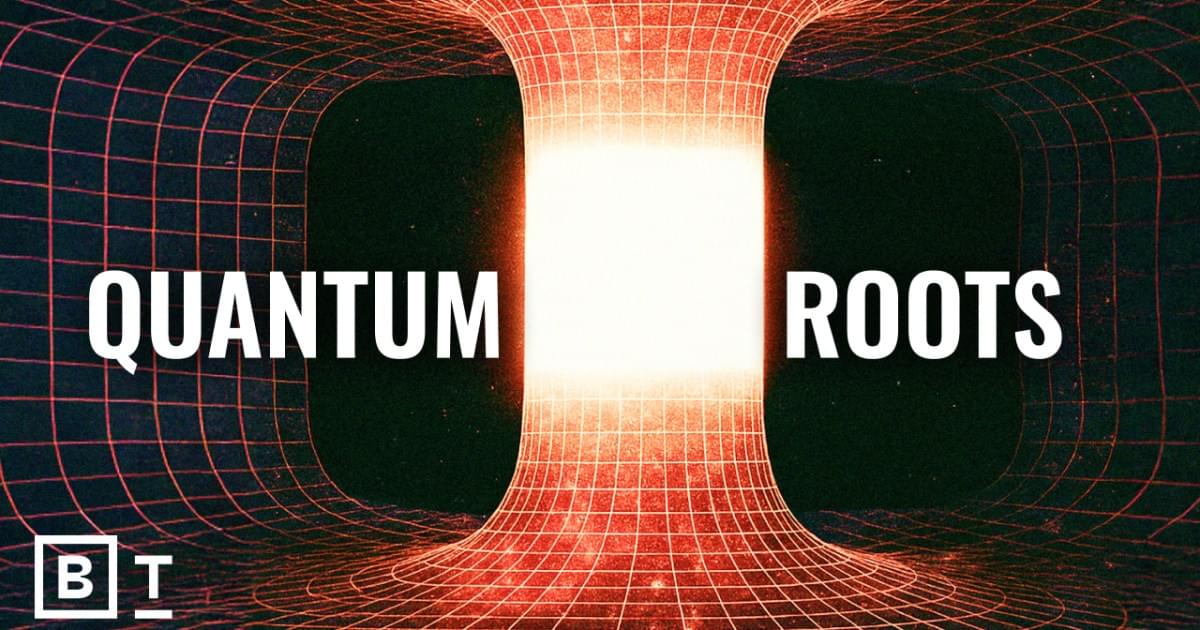

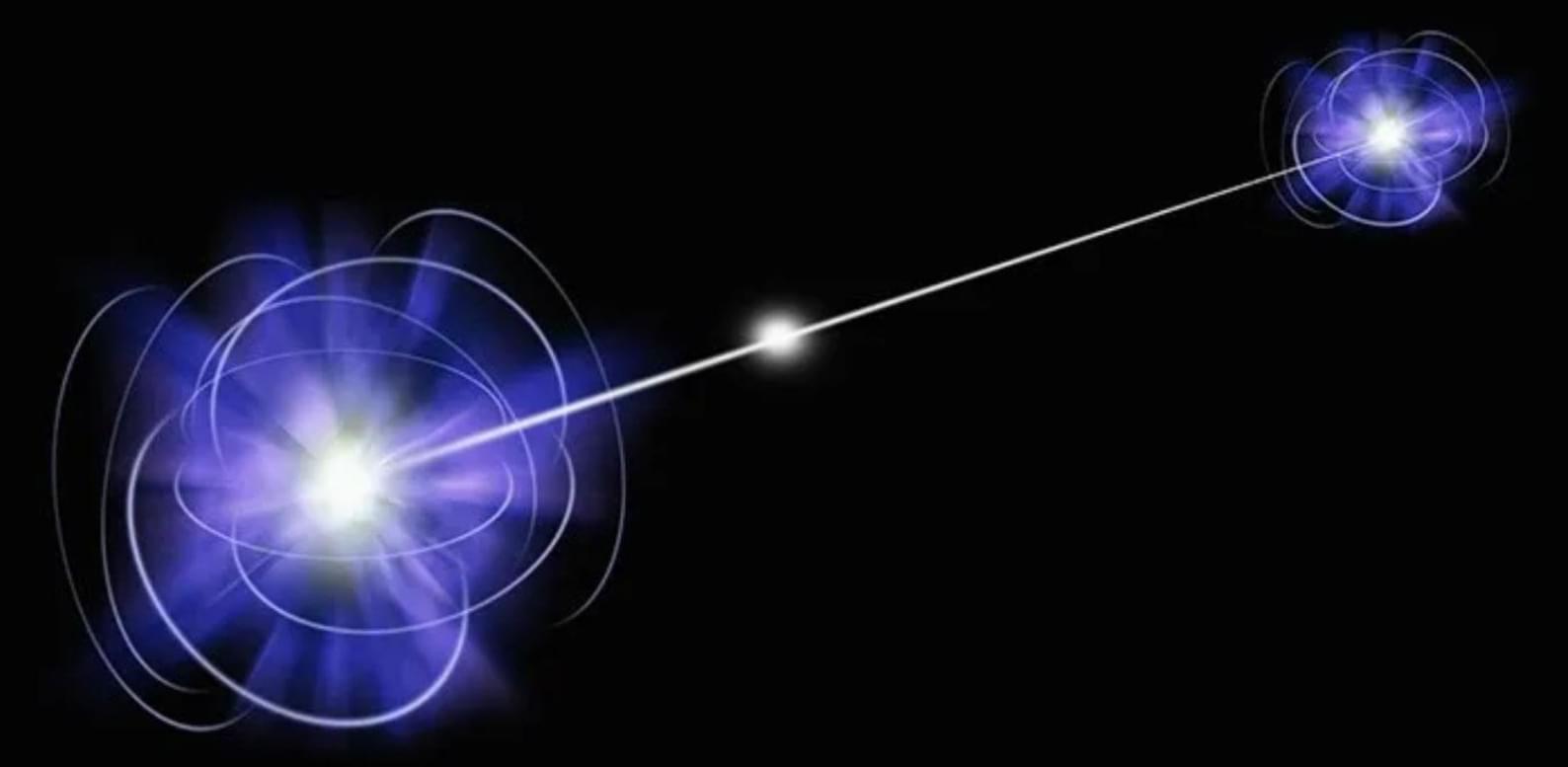

There is a curious tension between the notion of information as zero dimensional and the very fabric of the universe that is measured in finite increments such as the Planck length, often considered the smallest meaningful unit of space (10⁻³⁵ m). From the day our earliest models of communication were formalized, theorists have wrestled with the idea that information might be weightless, formless, and without dimensional extension, even as all signals we use to transmit and store it require tangible, measurable structures. As a matter of conceptual elegance, zero-dimensional descriptions of information promise simplicity and universality, yet collide with the physical reality of a world that consists of definite quantum-scale granularity. While Gregory Bateson alluded to information as a “difference that makes a difference” (Bateson, 1972, p. 459), the question remains whether this difference is truly independent of spatial and temporal constraints, or forever bound to them in ways that challenge the zero-dimensional ideal.
When the classic figures of communication theory described the fundamentals of information, there was a sense that the symbol or “bit” itself was neither physical nor extended in space. Claude Shannon (1948) famously called the problem of communication one of “reproducing at one point either exactly or approximately a message selected at another point” (p. 379). Such an abstract conceptualization pushed any question of dimensional extension into the background, because the focus rested on logical patterns rather than the medium. Yet, even in these logical patterns, one finds references to signals, channels, and potential distortions that are inseparable from physical processes. A memory device — whether neural or silicon-based — still requires a physically instantiated substrate to encode these abstract messages. Norbert Wiener (1954), whose work helped launch cybernetics, was strikingly prescient when he declared, “Information is information, not matter or energy.
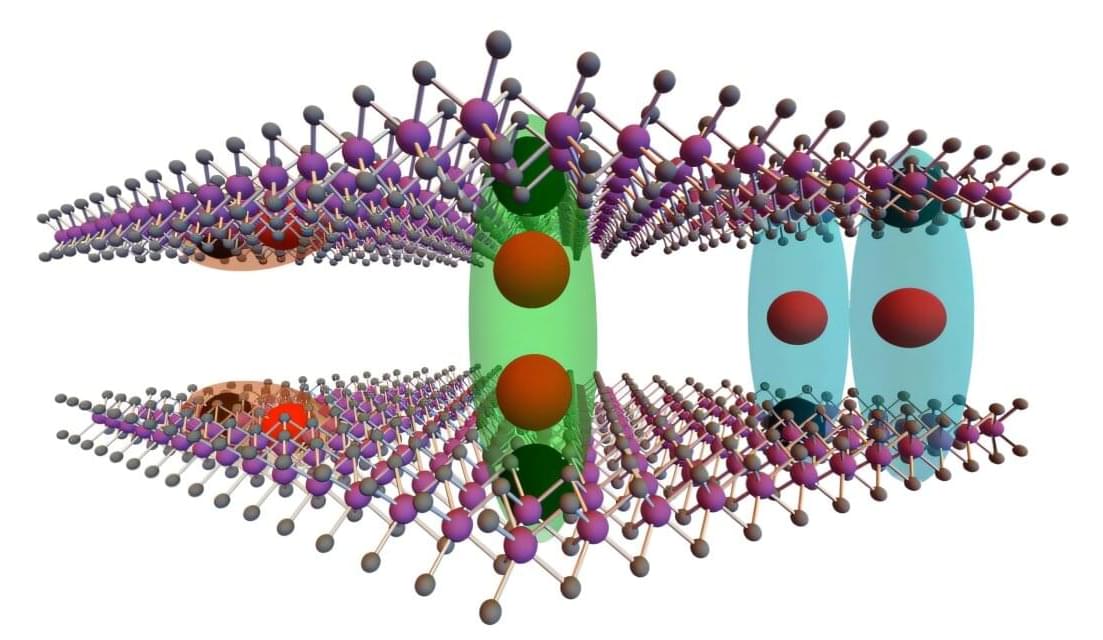
Two-dimensional (2D) materials have proved to be a promising platform for studying exotic quasiparticles, such as excitons. Excitons are bound states that emerge when an electron in a material absorbs energy and rises to a higher energy level, leaving a hole (i.e., the absence of an electron) at the site that it used to occupy.
Researchers at Heriot-Watt University and other institutes recently observed two distinct exciton states in bilayer molybdenum diselenide (MoSe₂) with a 2H-stacked configuration, which involves the alignment of two monolayers with a characteristic rotational symmetry. Their paper, published in Physical Review Letters, reports the observation of one of these states known as quadrupolar excitons in 2H-MoSe₂
“Our work was inspired by the ongoing effort to explore and control excitonic phenomena in atomically thin semiconductor materials, which are rich platforms for studying complex quantum states,” Mauro Brotons-Gisbert, senior author of the paper, told Phys.org. “In particular, bilayer transition metal dichalcogenides (TMDs) like MoSe₂ naturally host interlayer excitons with a dipolar character— bound states of electrons and holes residing in adjacent layers.”
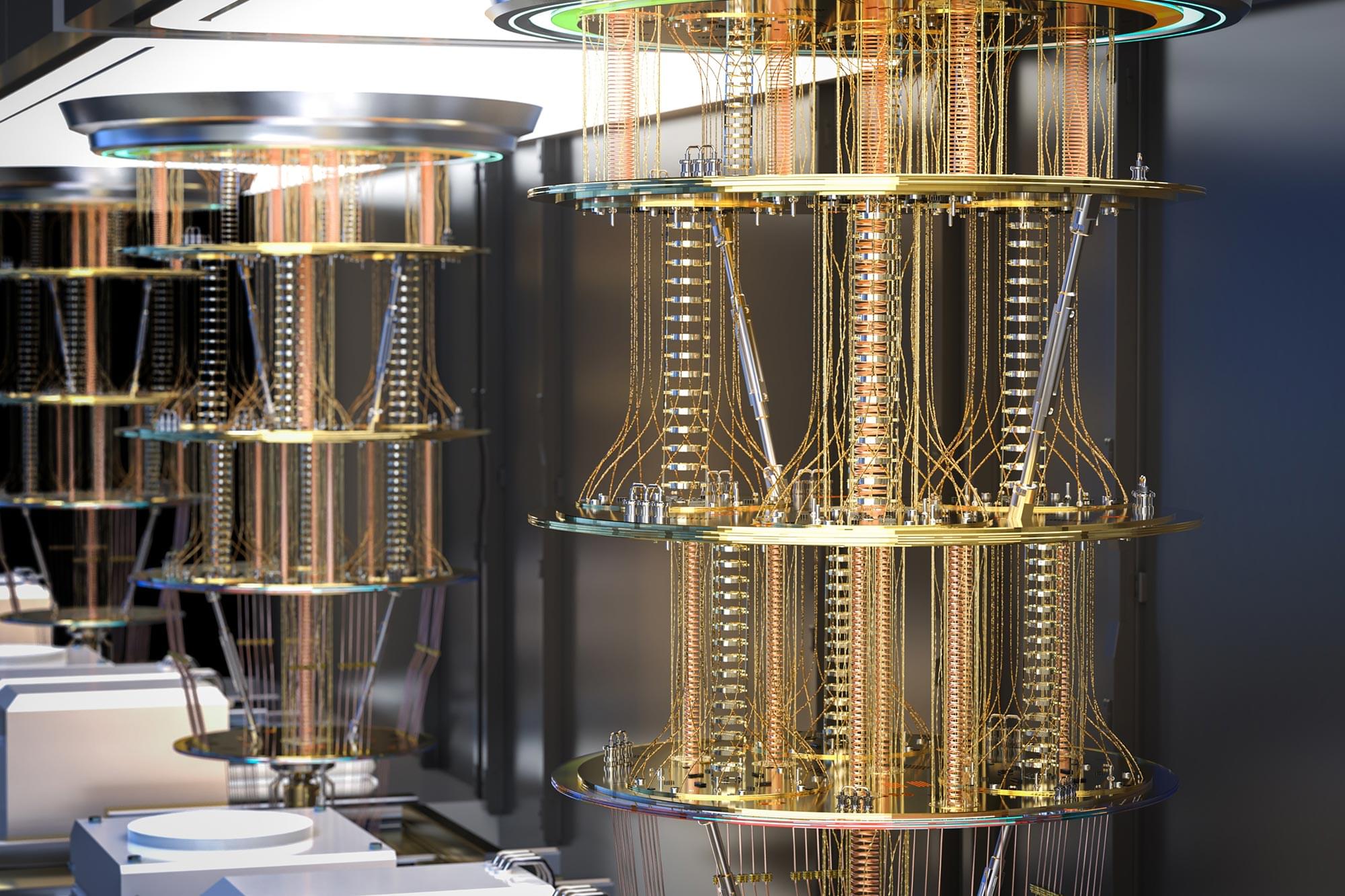
Quantum annealing is a specific type of quantum computing that can use quantum physics principles to find high-quality solutions to difficult optimization problems. Rather than requiring exact optimal solutions, the study focused on finding solutions within a certain percentage (≥1%) of the optimal value.
Many real-world problems don’t require exact solutions, making this approach practically relevant. For example, in determining which stocks to put into a mutual fund, it is often good enough to just beat a leading market index rather than beating every other stock portfolio.
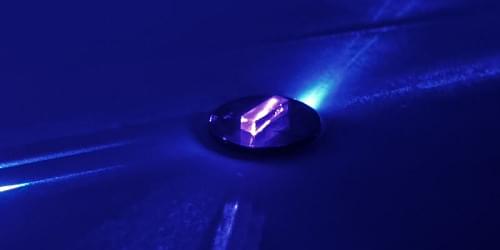
High-energy particles or gamma rays are usually needed to kick an atomic nucleus up to a higher-energy state. But last year, scientists excited thorium-229 nuclei with just laser light (see Viewpoint: Shedding Light on the Thorium-229 Nuclear Clock Isomer). Laser-excited nuclei could be useful for making precise timekeepers and sensitive quantum sensors. And now, Wolfram Ratzinger at the Weizmann Institute of Science in Israel and his colleagues have shown how these nuclei also provide a way to detect certain speculative particles that may constitute dark matter [1].
Several models of dark matter involve axions or other extremely light bosons. Thanks to their lightness, these particles would have to be abundant—so much so that they would collectively behave like a classical field, oscillating at a frequency proportional to their mass. The particles’ interactions with the building blocks of nuclei—quarks and gluons—would cause various nuclear properties to oscillate at that same frequency. Among those properties is the energy of the photon emitted by an excited thorium-229 nucleus. Crucially, the oscillations in that energy are predicted to be much more pronounced, and therefore easier to detect, than those in other properties.
Ratzinger and his colleagues conducted the first-ever search for these oscillations in a previously reported spectrum of light emitted by excited thorium-229 nuclei. Finding no oscillations, the researchers set upper limits on the coupling strength of ultralight dark matter particles to quarks and gluons for particles ranging in mass from 10–20 to 10–13 eV. These limits are less stringent than those obtained through other means, but the team anticipates that ongoing and future experiments could set much stronger and possibly decisive constraints.

Meta released a massive trove of chemistry data Wednesday that it hopes will supercharge scientific research, and is also crucial for the development of more advanced, general-purpose AI systems.
The company used the data set to build a powerful new AI model for scientists that can speed up the time it takes to create new drugs and materials.
The Open Molecules 2025 effort required 6 billion compute hours to create, and is the result of 100 million calculations that simulate the quantum mechanics of atoms and molecules in four key areas chosen for their potential impact on science.
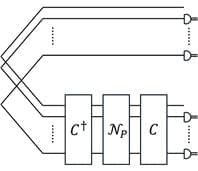
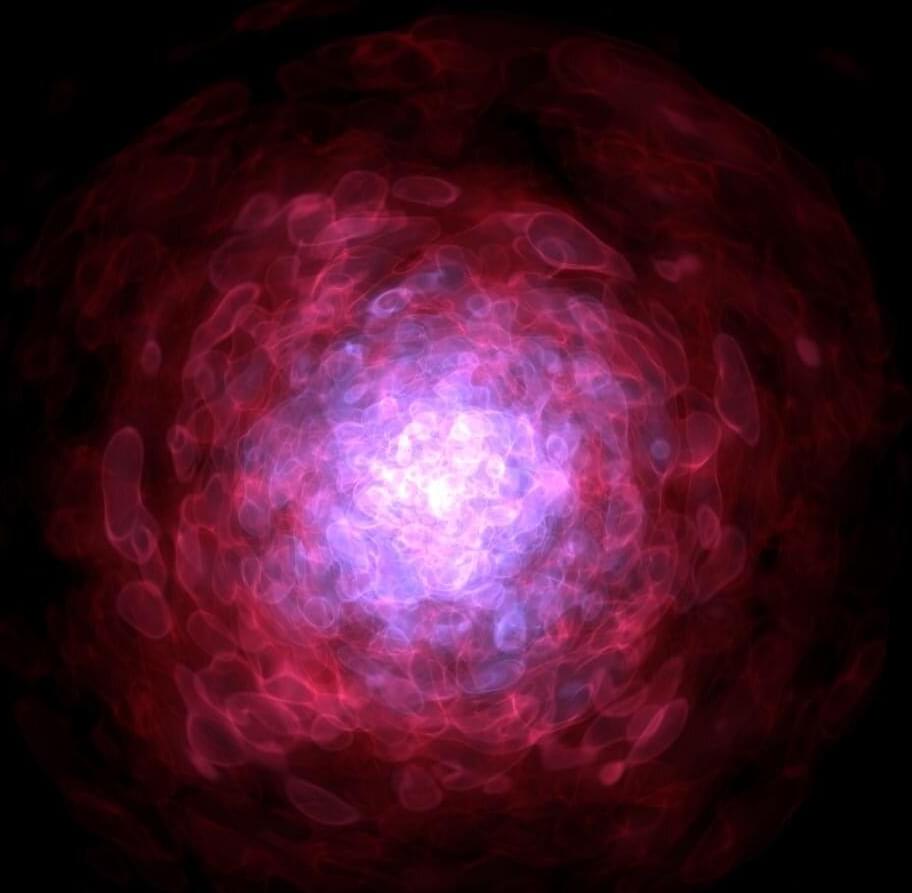
In a new study published in Physical Review Letters, scientists have estimated a new lower bound on the mass of ultra-lightweight bosonic dark matter particles.
Purported to make up about 85% of the matter content in the universe, dark matter has eluded direct observation. Its existence is only inferred by its gravitational effects on cosmic structures.
Because of this, scientists have been unable to identify the nature of dark matter and, therefore, its mass. According to our current model of quantum mechanics, all fundamental particles must be either fermions or bosons.
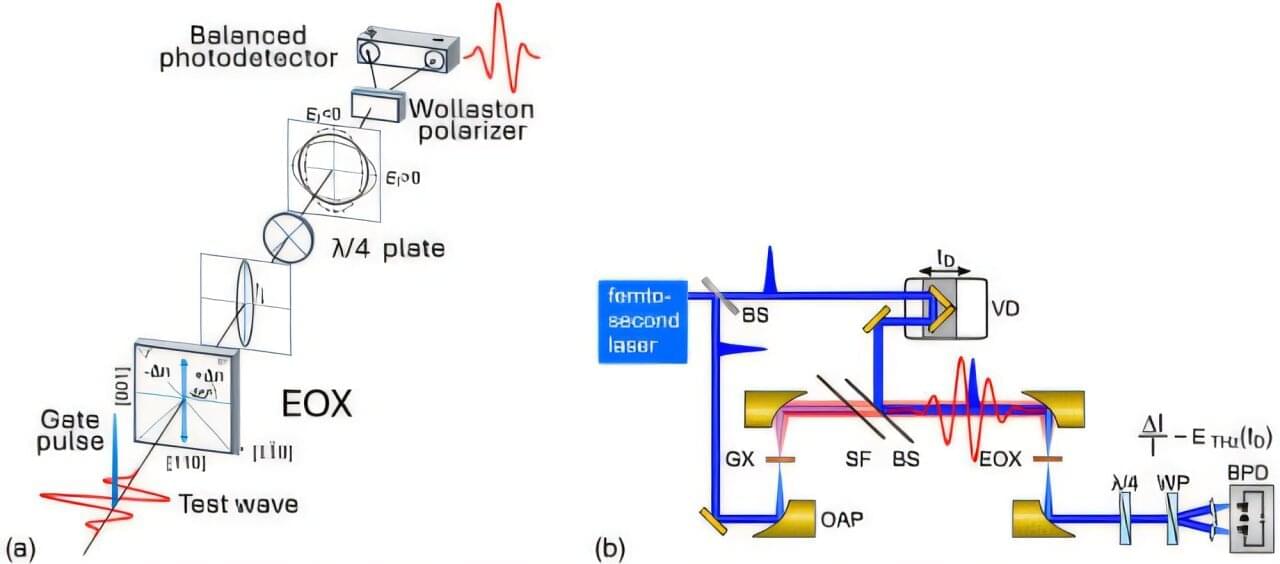
Konstantin Vodopyanov, a professor at the College of Sciences and CREOL, the College of Optics and Photonics, recently co-authored a study published in the journal Optica. This research examines electro-optic sampling (EOS), a technique that advances fields such as quantum physics, molecular spectroscopy and biomedical sensing.
As a professor at the two colleges, Vodopyanov shows how working across different fields can lead to new ideas. The Optica Fellow’s research, which combines interdisciplinary work, is shaping the future of quantum physics and other areas of science.
His new study explores how EOS transmits ultrashort laser pulses through crystals that change in response to an applied electric field. This technique allows researchers to accurately capture the shape and timing of electric fields across a broad range of frequencies.